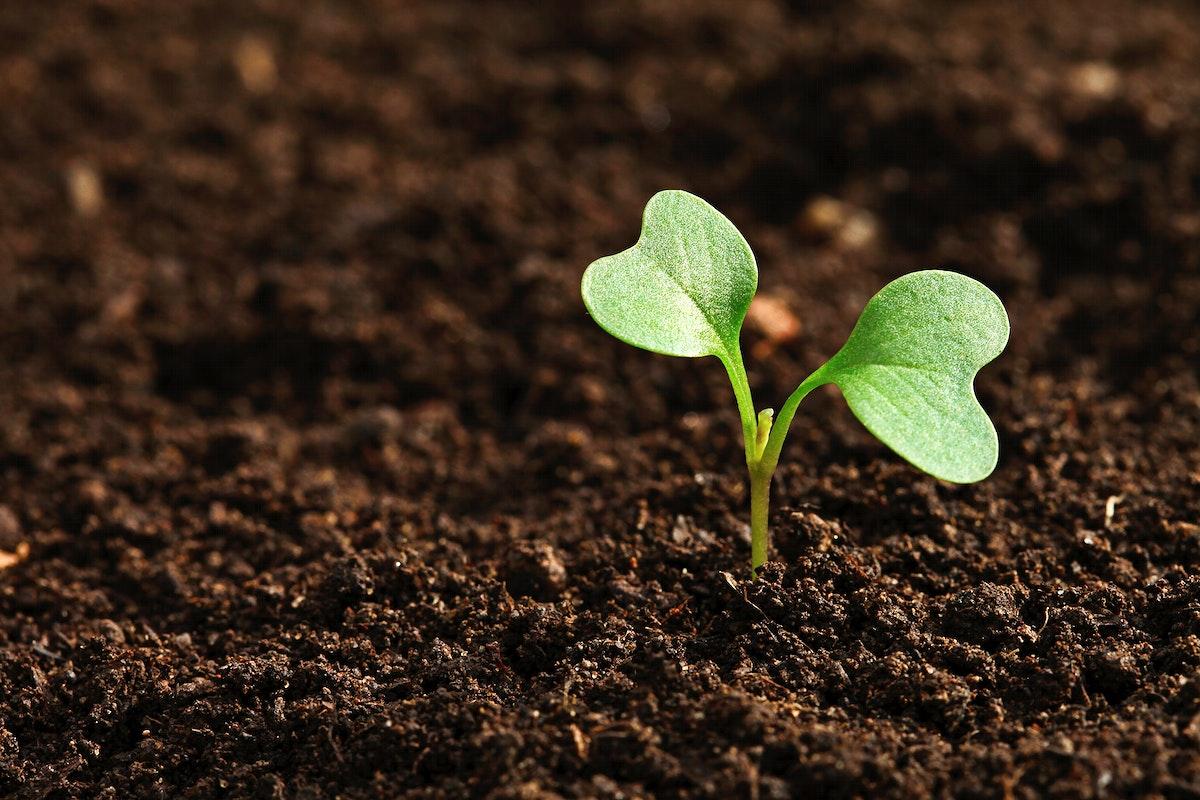
Engineering Greenhouse Design
by Kelly Smith
~Students apply the engineering design process as they learn the advantages and disadvantages of the greenhouse effect.
~Students will work collaboratively to construct a miniature greenhouse to understand how their designs incorporate the processes of heat transfer within a controlled environment.
~Students will collect, record and graph data over time as they compare the inside temperature of their greenhouse to outside.
~Lesson includes extension options in addition to community connection opportunities (University of Arizona's Controlled Environment Agriculture Center as well as Biosphere 2).
Lesson Plan Link/URL
https://docs.google.com/presentation/d/1VZKFo5-eWQEhZQ7fv1NFkKfp6eqLqQtZ/edit?u…Subject Area
Science Physical Science P1: Matter P4: Energy Transfer Earth and Space Science E1: Earth Systems Technology 2. Digital Citizen 4. Innovative Designer 5. Computational Thinker 6. Creative Communicator Engineering S2: Apply the Engineering Design Process S4: Apply Science to Engineering Mathematics Measurement and Data (MD) English Language Arts (ELA) Reading (Informational Text)Related Content

Grades:
5th Grade, 6th Grade
This is a lesson plan made to target the fifith grade standard on how noncontact forces impact one another. It can be adapted to grades 5-12. Students will explore magnetism and polarization, research

Grades:
8th Grade, 9th Grade, 10th Grade, 11th Grade, 12th Grade
A lesson that dives into the fusion of Art and Chemistry. Students will make their own pigments using common plants by using an acid-base reaction. They will test the effects of different solvents in

Grades:
7th Grade, 8th Grade
Students will learn cardboard construction through brainstorming, planning, building, and presenting creative projects, focusing on teamwork, structural integrity, and problem-solving over three class